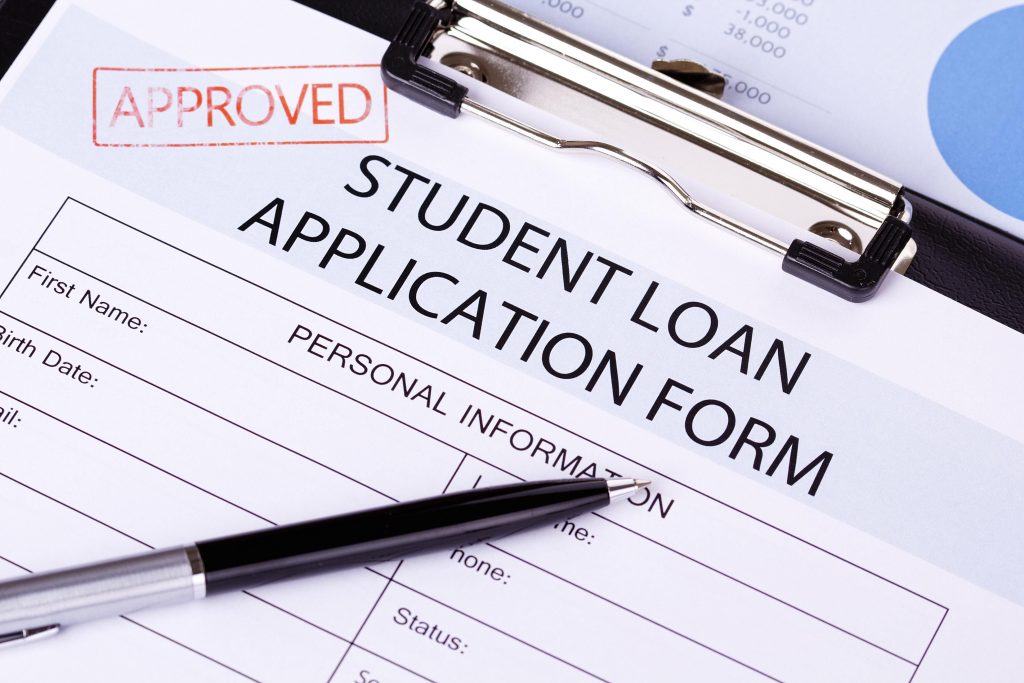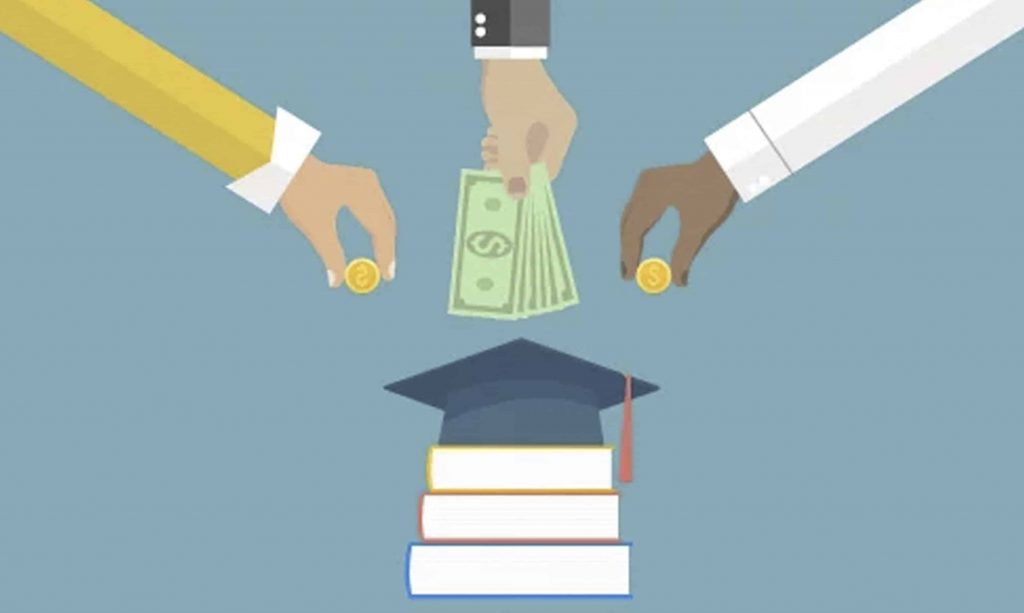
Understanding Types Of Educational Loans
With the rising cost of college education, footing the bill is hard work. Many students like me can’t quite come up with what they need. Thankfully, the U.S. Government has many programs set up through which people like you and I can receive financial aid. In Part One I explained how the FAFSA works and outlined the basic steps in completing the application. In Part Two I enumerated the three major types of grants available through the FAFSA. This final piece, Part Three, details the various major loans offered.
Loans differ from grants in that loans must eventually be repaid (usually with interest). Grants, remember, are free money with very few strings attached. Obviously, if you can fund your education through work and grant money, do it. Loans are typically the last option, but the loans offered by the government tend to be better than most.

Stafford Loans
The Stafford Loan is the most common student loan offered by the U.S. government. This lower-interest loan comes from either the government directly or from a private lender guaranteed by the government. Check with your academic institution to see whether it participates in the Federal Direct Loan Program or the Federal Family Education Loan program-the former is a direct government loan and the latter comes from a private lender.
The Stafford Loan is available to both undergraduate and graduate students, and it comes in two varieties: subsidized and unsubsidized. Subsidized loans are the better option if you can get them. As with grants, subsidized loans tend to go to those from lower-income backgrounds. The primary advantage of the subsidized loan is that the U.S. government basically pays your interest until 6 months after graduation. Not until then are you expected to begin paying? The unsubsidized loan, on the other hand, does accrue interest while you’re in school. However, there is still no expectation to pay off the loan until you’ve graduated.
The interest rate on Stafford Loans varies, never going above 8.25 percent. Currently, the interest rate is hovering around 7%. This interest rate is the same for both subsidized and unsubsidized loans.
It’s also important to note that the Stafford Loan has a yearly cap: First-year students are capped at $2,625. This amount steadily increases each year. Fourth-year students often receive over $5,000. The payment is usually split in two, one arriving near the start of the traditional first semester, and the other arriving near January.
Federal PLUS Loans
The Federal PLUS Loan also comes in several flavors. The most common PLUS loan is a loan between the U.S. government and the student’s parents. Thus repayment of the loan is fully the responsibility of the parents. The current interest rate is slightly higher, coming in at 8.02%. Another primary difference between the PLUS loan and the Stafford loan is the ability, under PLUS, to borrow up to the amount of college AND living expenses, minus other aid received. Assuming you get a decently paying job when you finish college and are able to pay back the large debt, the PLUS loan allows you to pay for college, no matter how expensive.

Perkins Loan
The Perkins Loan is the third and final major loan offered through FAFSA. According to the FAFSA website, this loan is only administered by some participating campuses. So if you think you’d qualify for this one, check with your financial aid office. The Perkins Loan is needs-based, so if you didn’t qualify for the Pell Grant or subsidized Stafford Loans, you’re not likely to get this one either. It is subsidized, meaning interest does not accrue until some time after graduation. For this loan that window is 9 months after finishing school. With a maximum of $4000 per year (undergraduate) and with a low 5% interest rate, this loan is the loan of choice if you can get it. Additionally, you might be able to get some of the total cost of the loan eliminated if you teach in certain fields or areas. Check out Wikipedia’s Federal Loan Cancellation page for more information.
For those from low-income homes, there are a ton of opportunities for both grants and loans through the FAFSA program. Because of this, just about anyone with the desire and intelligence to do so should be able to get through college, one way or another. Once you’re done it’s up to you to find that winning job and pay off the debt, but we owe some thanks to good ole’ Uncle Sam for the help in paying for the degree!
Besides these loans, there are personal loans that you can choose. You can get a personal loan with low fixed rates that will help you with your education without putting too much strain on your finances. This will help you focus more on your studies rather than your loan amount.




